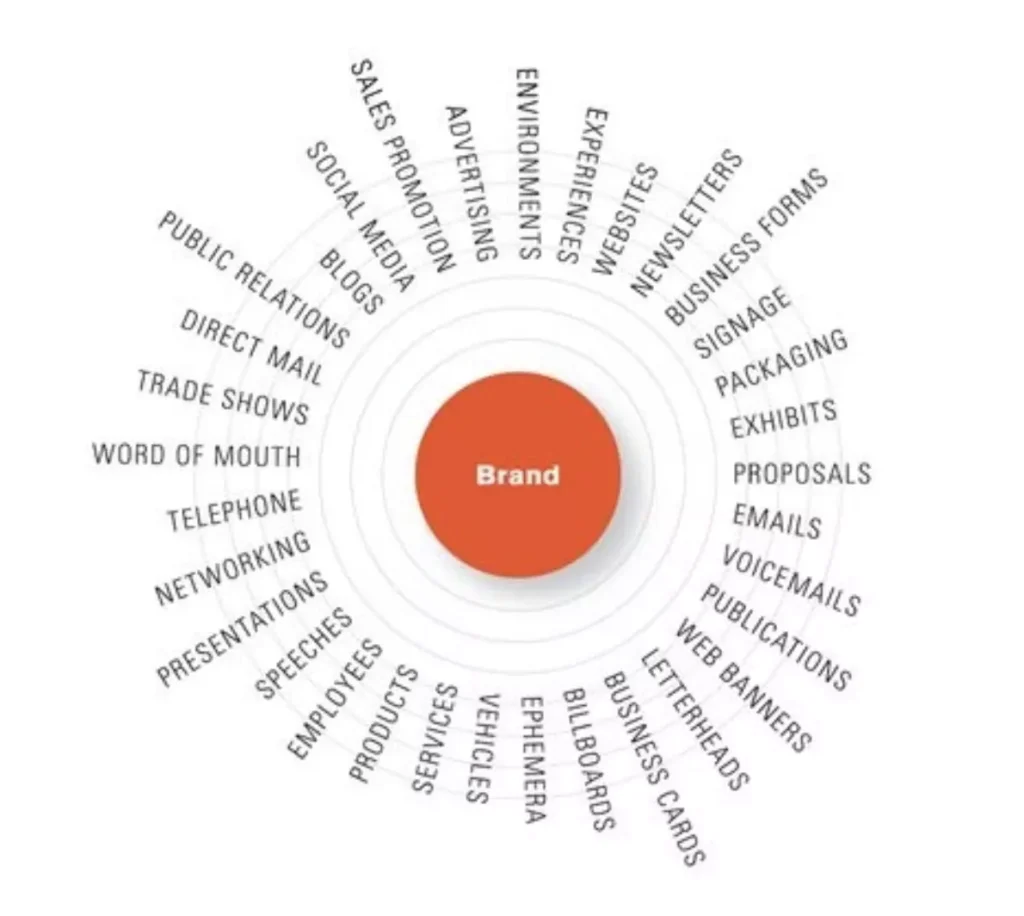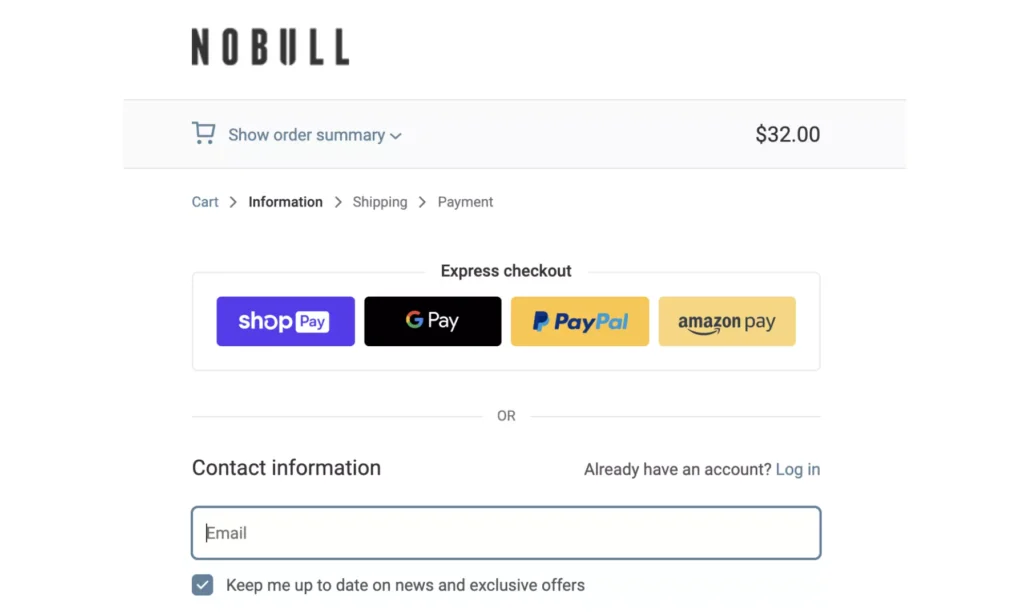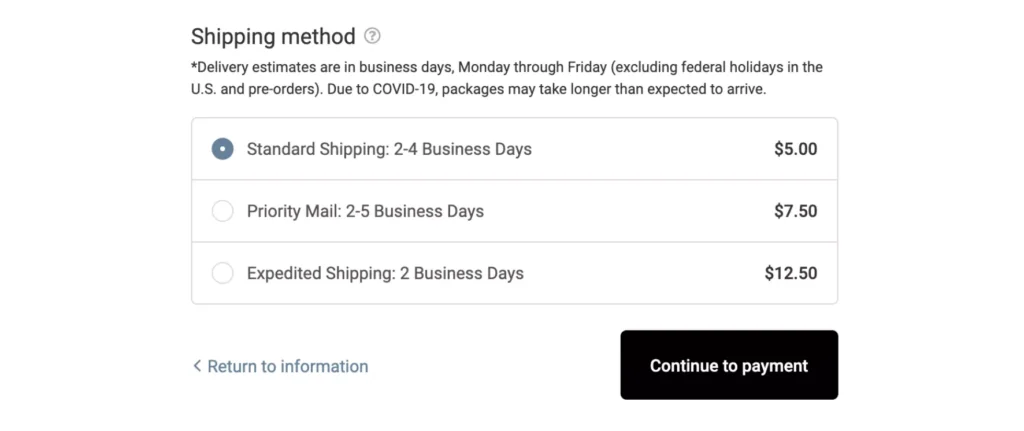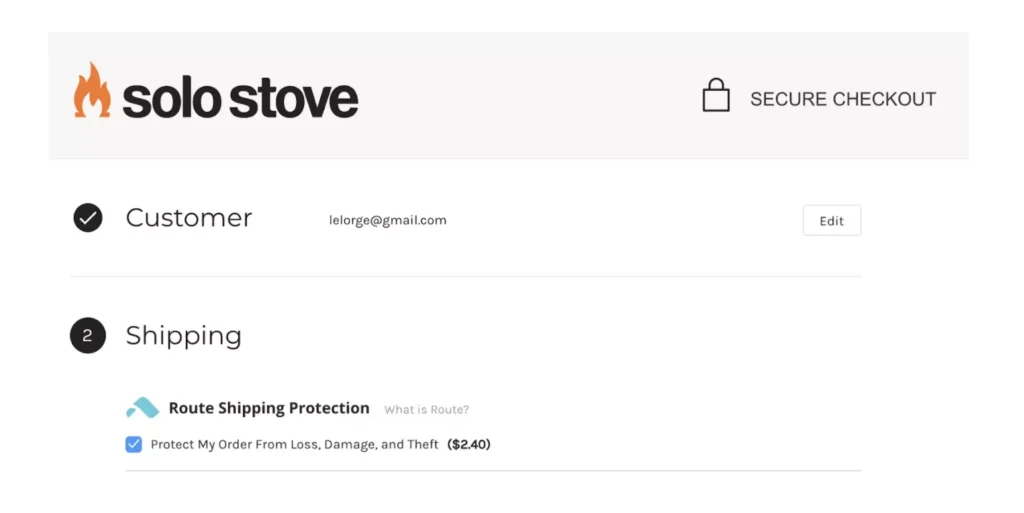As an online retailer, you work hard hammering out marketing strategies that set up your store for success.
You comb through the data about SEO, CRO, social media, and paid ads—the essentials that draw shoppers through your digital doors.
Once on your site, you lay out the red carpet of shopping experiences.
Maybe you have a pop-up discount that offers folks a cool 20% off. A chat bot might come up from the footer to greet people and ask if they have questions. The peri-shopping experience you’ve curated is pleasant, and you’ve made sure the checkout process is swift.
But what about your post-purchase experience? When hungry shoppers commit to hitting the “Buy” button, the customer journey is far from over. Most online brands, though, don’t take a second look at the experience gap between when a shopper purchases to when they get their goods. This moment, however, could make or break the customer relationship.
Your brand new customer is in a euphoria of anticipation for their purchase. And if you leave them in the dark about where their order is, what they can expect if they aren’t pleased with it, and more, you could be busting trust and the chances they’ll come back to buy again.
Paying attention to the post-purchase experience (PPX) and crafting thoughtful touchpoints through a variety of channels not only keeps your customers cared for and in-the-know, it also creates an exceptional experience through the entire customer journey. It’s time to take advantage of touchpoints other merchants are neglecting and build a complete experience that drives repeat purchases and long-term loyalty.
What Is a Touchpoint? (And Who Cares?!)
Not sure what touchpoint is? Odds are very strong that you’ve been stringing together effective customer touchpoints for a while now. Every time someone stops by your store, they probably landed there because of an off-site touchpoint.
Customer Touchpoint: Any instance a brand interacts with a consumer.
If you didn’t notice, that definition is pretty broad.
These touchpoints can be anytime someone notices your brand out in the wild through an indirect engagement like a billboard or bus ad, or if there is a more deliberate customer interaction, like through an email or support chat.

Wherever your brand and the consumer unite, though, these touchpoints are critical to:
- Informing the masses that your store, brand, or product exists.
- Fostering a relationship between your brand and the people.
- Making positive impressions that drive interest, purchases, and loyalty.
- Differentiating your brand and giving it competitive advantage.
It’s true. The types or touchpoints your store curates as well as their quality and quantity can be the difference between driving traffic to your site or not, gaining a following on social media or not, or generating a positive or negative image across consumers. In a nutshell, touchpoints can help your store thrive or drive your brand into the dirt.
While types of customer touchpoints cover a huge spectrum from indirect to direct, it’s important to home in on a few that are most crucial to selling online as an ecommerce merchant. Focus your time and strategies to touchpoints that enhance the customer experience through every phase of their buying journey.
But what the heck are those touchpoints that matter most? Which will have the biggest impact with shoppers and your bottom line?
Post-Purchase Touchpoints That Matter Most To Consumers
Phase 1: Point of Conversion
The post-purchase experience begins at the moment of conversion. When a shopper has done their research, perused your pages, filled up their cart, and made their way to your store’s checkout page, they’ve crossed the threshold from the curious shopper stage to the post-purchase stage. And once they’re about to hit “complete purchase,” the last thing they want is to be ghosted by the merchant they just trusted enough to fork over credit card deets.
Conversion is the very first taste of the post-purchase experience, and here are what your shoppers want:
Transparency in costs
Want to get rid of nearly 25% of your potential customers? Easy—don’t show them their costs upfront. One in four shoppers abandon the checkout page if they can’t see their totals before they make a purchase decision. Resolving this issue could be as simple as adding a touchpoint like a clear purchase total, including taxes, as soon as possible during conversion.
Variety in payment options
Once the customer’s costs are clearly laid out, it’s time to let them choose how to pay. Yes, you read that right—let them choose. This means providing options like PayPal, Amazon Pay, Google Pay, and even a good ol’ credit card information form.

Variety also means considering financing. When it comes to flexible payment plans, 75% of consumers would be likely to make a purchase at a merchant that offered financing over one that didn’t. As ecommerce continues to thrive, more Buy Now, Pay Later solutions are hitting the market. Klarna, AfterPay, Affirm, and a bunch more are compelling platforms that can create loyal customers who keep coming back to your store.
If you’re having a hard time considering which to fold into your post-purchase strategy, see what we think about each platform and decide which works best for your store.
Shipping offers
Just like the increasing desire for payment options across online shoppers, the need for a variety in shipping options is also on the rise. It’s true that the majority of consumers have latched onto the free shipping standard set by Amazon years ago, with 75% saying they expect free shipping, up from 68% in 2018.

Gotta little extra change to spend? Pick the shipping that meets your needs at the price you choose.
If you don’t offer free shipping yet, it’s critical to the customer experience that you clearly lay out the costs and timeframes your store does offer before you collect payment information. Like we said, being transparent in purchase totals is one of the top reasons shoppers stay or stray from your checkout page. Toss this touchpoint into the fray and you’ll be satiating shopper appetites for transparency and trustworthiness.
If you do offer free shipping, though, highlight this perk on your site. People will want to know, and giving them a heads up before they check out isn’t just super tempting, but it also helps communicate exactly what they can expect in the next phase of their journey.

Nike sticks a simple alert bar on the top of their shopping pages.
Take peace of mind to the next level when it comes to shipping options by adding package protection options. Even if a customer chooses not to take advantage of purchase insurance, the fact that your store had this as an option shows your commitment to caring for the customer and their purchase.
Phase 2: Tracking the Purchase
Your shopper is now a full-fledged customer. This is the best news so far, but it also means you need to continue this communication momentum. Your customer has only gone deeper into the post-purchase experience, and their expectations haven’t backed down a bit. What touchpoints are they expecting to see?
Confirmation, confirmation, confirmation
Is this redundant? Maybe, but we really need to get the point across that confirmation is crucial at this point in the customer journey.
- Confirm their order
There’s nothing like the reassuring sigh someone lets out after they get an order confirmation notification. Whether you set up automated emails or text messages, an order confirmation notification is always welcomed. In fact, 64% of consumers say order confirmation emails are the most valuable emails they receive. These emails give peace of mind to customers who want to know that they actually gave their hard-earned money to a legitimate business (and not just a scam artist).
- Confirm package shipping
Remember, the post-purchase experience is full of pent up anticipation! It’s an exciting time for the customer that can easily be marred if they’re kept in the dark about what their purchase is up to.
Texts and emails are good methods of notifying customers, but take it a step further with real-time updates from Route. Route is designed to quell any and all customer fears or worries in the post-purchase phase by deploying notifications in real time and providing current arrival dates.
- Confirm delivery
Customers like knowing the exact moment their order hits their doorstep. It’s like Christmas morning—running down the stairs full of excitement, charging full-steam at your gifts. It’s the notification that lets people know their wait is finally over and they get to the good part of enjoying their goods.
Delivery confirmation notifications are an extra layer of transparency and branded communication that build a deeper bond between your customers and your store.
Real-time transit details
Tracking communications have gone relatively unchanged since the 90s. Most ecommerce merchants have been doing the bare minimum and following the outdated flow that looks like this:
Purchase > Email with tracking number > Customer has to manually find package
That’s a cumbersome process, especially when compared with how streamlined the rest of the customer experience has become over the past three decades. Real-time Visual Tracking offered through the Route app gives customers a unique glance into their package’s journey.
Merchants that take this opportunity to be as open and communicative as possible build trust, brand loyalty, and visibility during a stage in the customer experience that most sellers ignore.
Fast-track to customer support
A necessary touchpoint is giving your customers a clear and easy way to contact your customer support. If your store isn’t yet offering real-time tracking and notifications, you’re probably taking on a lot of “Where is my order?” inquiries. (Typical WISMO, keeping support teams busy since forever.) And the only thing more frustrating for a customer than having to ask that question is having to dig to find how to ask it in the first place.
Place customer support touchpoints in emails, texts, and on your store’s website to reiterate that you’re always just a click, chat, or call away from resolving any issues that bubble up.
This is a big, bold touchpoint in an email that fast tracks folks to customer support at Target.
The more opportunities you take to prove that your store has a customer’s back, the more positive the post-purchase experience will be. Not only is a happy customer more likely to shop with you again, 77% of them share their great experiences with other people. And that’s free word of mouth advertising, baby.
Phase 3: Engaging Beyond the Buy
The order has been made, the package has shipped and been delivered, and it might seem like the post-purchase journey has finally come to an end.
Well, it has not.
The post-purchase experience actually continues until a customer returns to buy again, where their shopping journey resets to the pre-purchase experience. This means it’s still your duty to follow up with customers, show that you care about their satisfaction with your products, and provide them thoughtful recommendations or follow-ups.
This is the phase where online merchants can truly make deeper customer connections that solidify long-term loyalty. Engaging with people after their order is in their hands proves that you genuinely care about them and their experiences—and that speaks volumes.
Guarantees and warranties
Don’t let your customers feel like they have to go it alone after they get their product. Reassure them that you’ll continue to support them with guarantees and warranties. Reiterate your store’s guarantees—whether that’s a 30-, 60-, or 90-day guarantee, or even a lifetime warranty—really whenever possible. These are great reminders of your level of care post-purchase, but they’re also great incentives that drive people to buy.
Solo Stove sticks reminders in their emails throughout the shopping journey.
Satisfaction, returns, and refunds
Check on your customers and make sure that what they ordered is meeting their expectations. And if it’s not the product of their dreams? Add touchpoints that make it easy for them to exchange, or return their goods for a full refund. After all, when 58% of customers say they want a hassle-free return policy, you’d be remiss not to add it to your post-purchase experience.
Even if a customer doesn’t try to return their products, it’s crucial for ecommerce stores to keep a pulse on customer satisfaction. Sending out emails to get customer feedback does good in two ways:
- Your customer will feel like they have a place to spill their opinion and be heard.
- Your company will be able to collect the data, distill it, and nip any issues in the bud.
It takes 12 positive experiences to make up for a single negative experience, so if a customer leaves a poor review or isn’t satisfied, it’s important to start showering them with good experiences ASAP.
Personalized Recommendations,Feedback, and Follow-ups
Touchpoints that are relevant, personalized, and caring play a huge part in whether one-time customers turn into repeat purchasers. Sending emails that ask for opinions or input make people feel included and heard, while sending out personalized recommendations helps them understand that you’re paying attention to their interests.
This study shows that 90% of consumers find personalized marketing very or somewhat appealing. So, why not give the people what they want?
What’s more, tossing personalized recommendations, relevant how-tos, and content related to what was purchased is a sure-fire way to win over hearts, minds, and loyalty. Not only are 56% of shoppers more likely to return to a brand that recommends any products, but 91% are more likely to shop with brands that dish out personalized or relevant recommendations.
Take the time to identify touchpoints in this final phase of the post-purchase experience that will keep customers clamoring for more. Text messages and emails asking about customer satisfaction or sending related products their way are sure to keep your brand engaged and top-of-mind.
Take Advantage of Post-purchase Opportunities with Touchpoints for Today’s Customers
The post-purchase experience is a treasure trove of information. Before someone purchases, you might only have insight into what pages they’re browsing or what they’re adding to their cart. But when someone enters the point of conversion and slips into the post-purchase stage of their journey, you suddenly have contact information, a purchase history, and more opportunities to engage even when shoppers aren’t on your site.
Adding text, email, and push notifications through Route creates touchpoints during the post-purchase experience that your competitors have been neglecting. Ensure customers feel acknowledged, remembered, and—heck—treat them like actual people and show them you care.
These personalized post-purchase touchpoints drive customer loyalty (which means more customer retention, higher customer lifetime value, and less pressure to spend loads of cash on acquisition). This is your shot to foster the customer relationship during a stage where your competitors have moved onto the next shopper.
Route is the solution needed to perfect the post-purchase experience. Establish loyalty, maintain transparency, and let your customers only worry about being excited for their purchase to arrive instead of stressing about where it is.